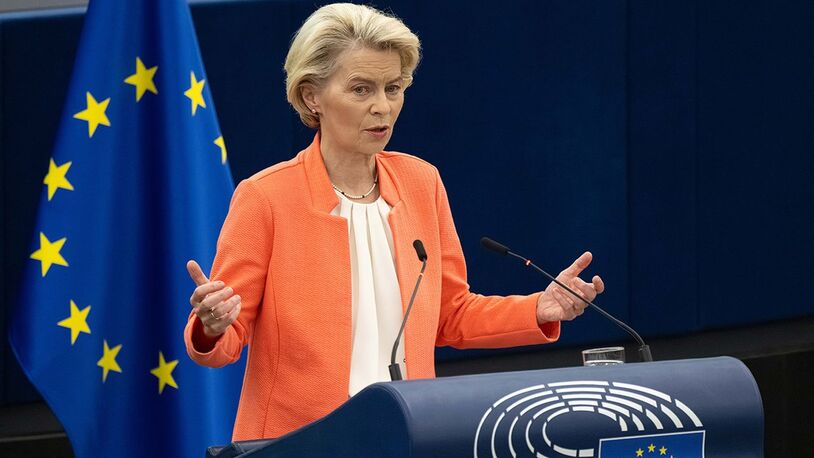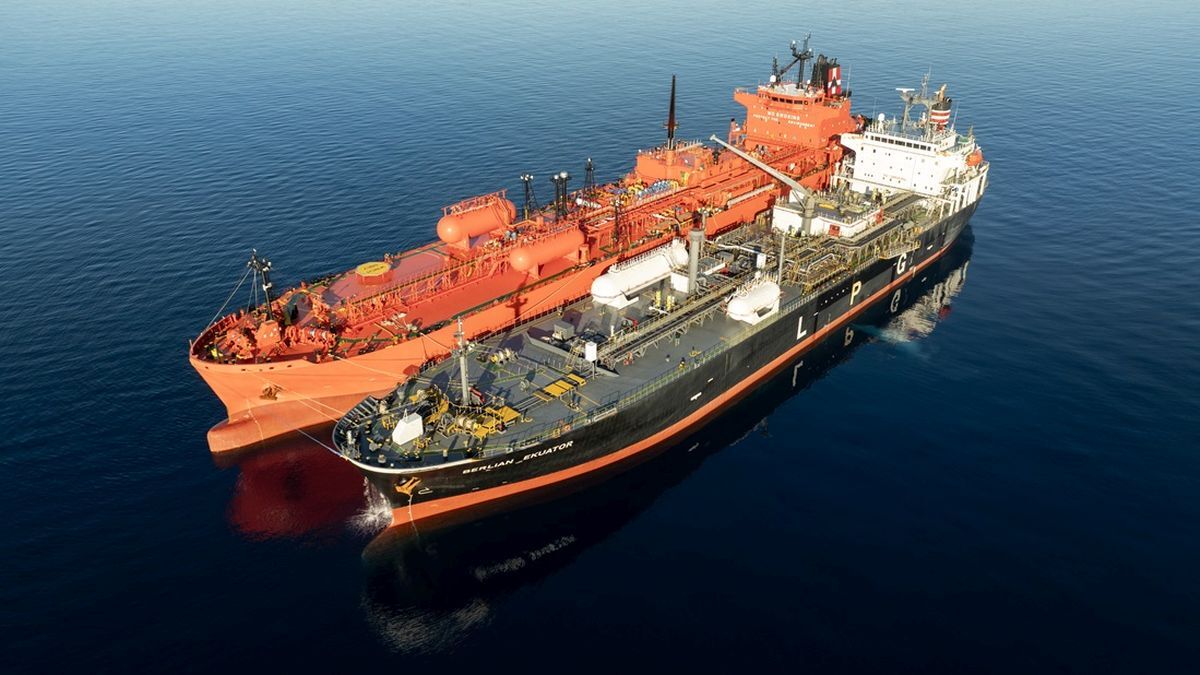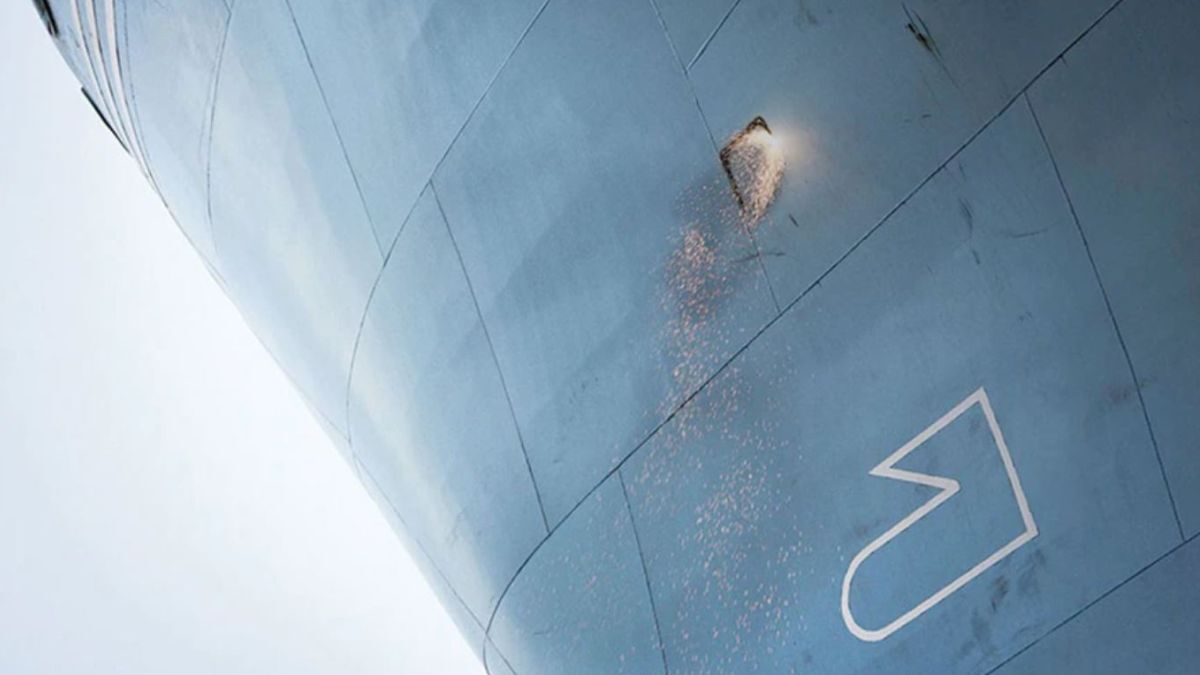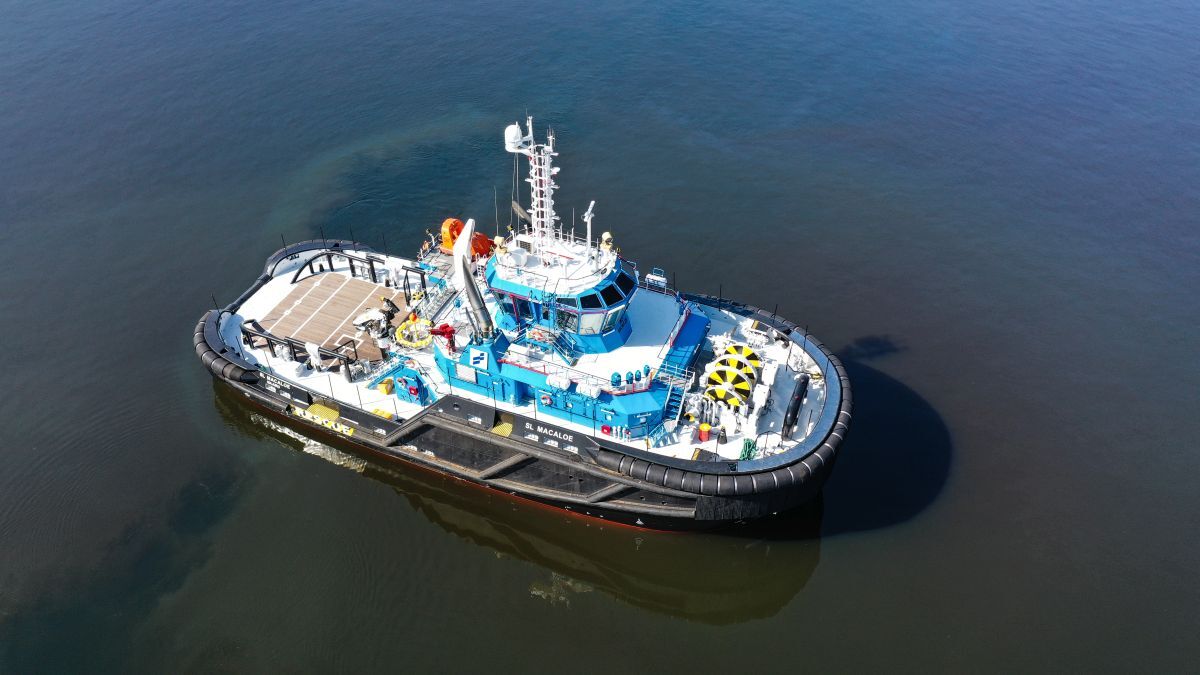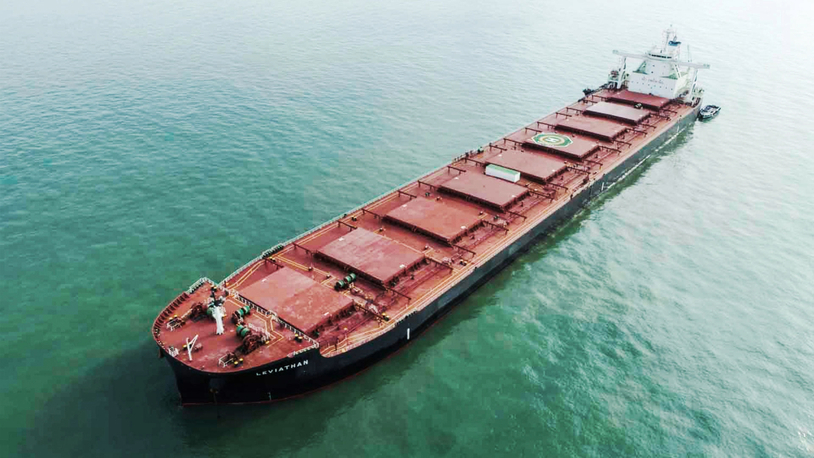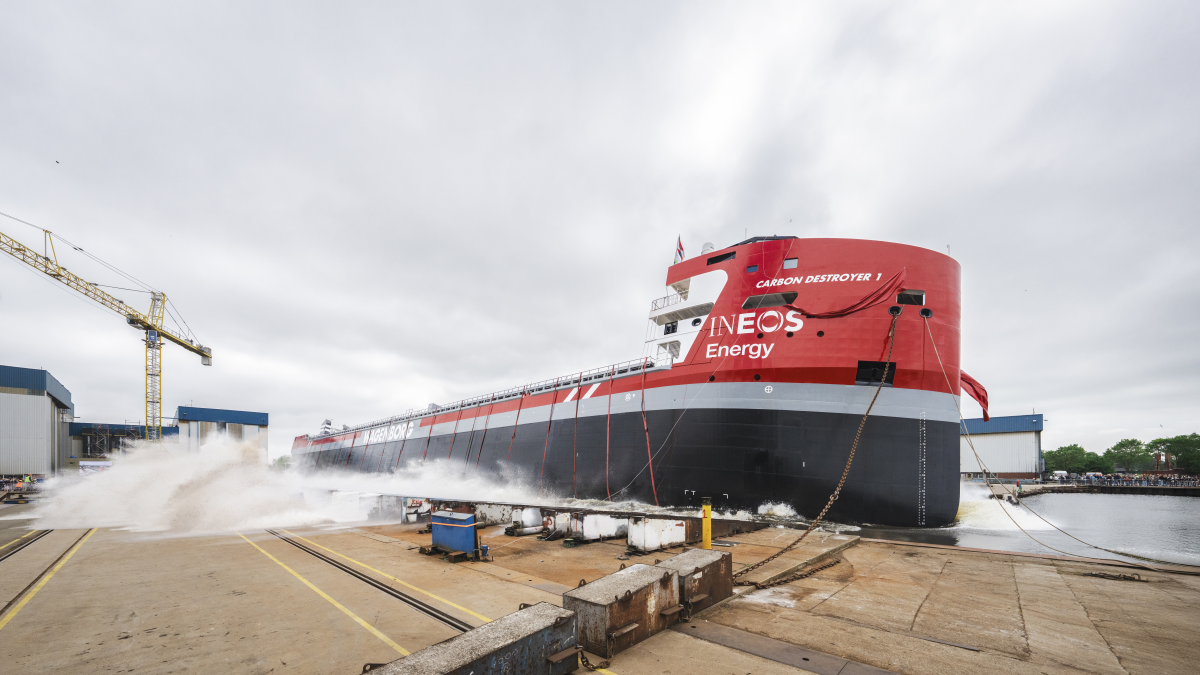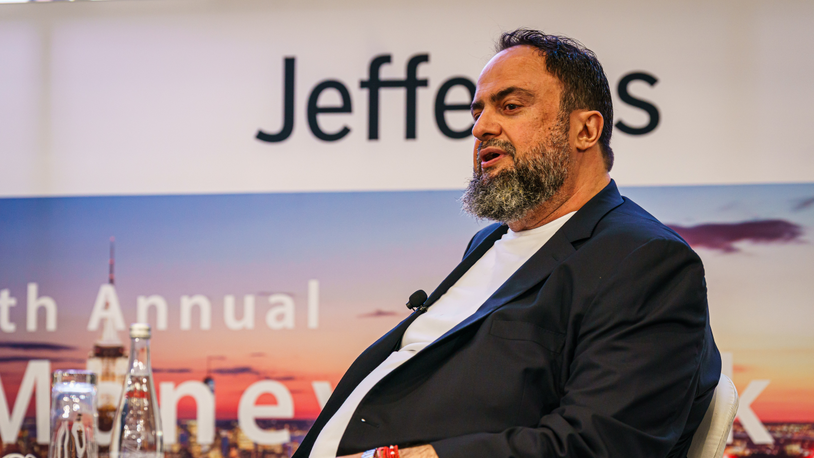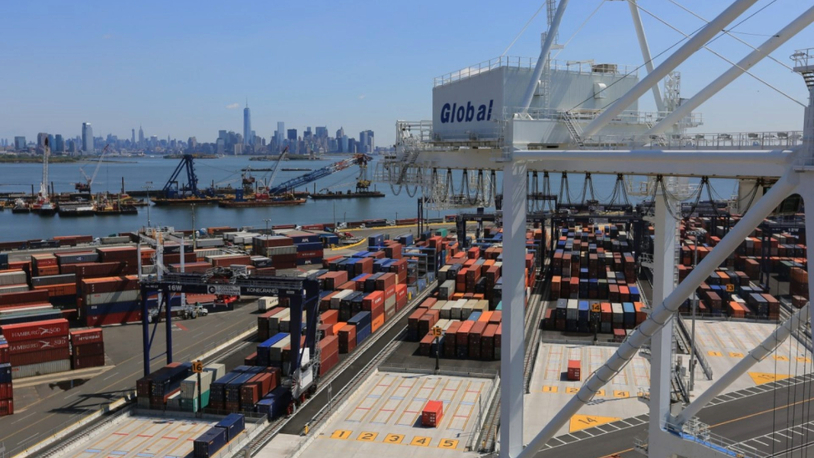Business Sectors
Events
Contents
Register to read more articles.
A frenetic year of VLCC S&P activity ahead
With the orderbook effectively closed to large tankers until 2024, owners looking to renew fleets need to buy ’off-the-blocks’, dip into the secondhand market or go the M&A route
Last year was an above average year for VLCC sale and purchase (S&P) activity. In every month of 2021 except November, the number of VLCCs reported sold exceeded the median average (see chart above) between 2010 and 2021.
Overall, 102 VLCCs changed hands in 2021, exceeding the 88 VLCCs sold in 2020 and reaching the highest level of VLCC S&P activity since 2010 (VesselsValue data).
By February, there was an indication that 2021 was going to be different, when 10 VLCC sales were recorded, the highest in any February in the 2010 to 2020 period and far above the three-sales median observed in that month.
The standout VLCC sale that month was Euronav’s sale and leaseback of Newton (built 2009, 307,284 dwt) with Taiping & Sinopec Financial Leasing Ltd Co. The vessel was sold for US$36M and according to Euronav, the transaction produced a capital gain of about US$2.4M. After repayment of the existing debt, the transaction generated US$19M free cash.
April, May and June added to the impetus. June was particularly outstanding: over the last 10 years, five of those years did not see a single VLCC sale in June. The slack level of sales supported the accepted wisdom that the main players in the sale and purchase market, the independent Greek tanker owners, have completed business ahead of June and retreated from the market to spend time away on their associated islands.
At that point, the red-hot VLCC S&P market led to the speculation of the potential for VLCC S&P activity to reach 120 sales.
One of the driving forces behind the above average VLCC S&P activity was the state of the orderbook – it has become difficult to find a near-term slot for a VLCC newbuilding. The large vessel slots are now dominated by Capesize dry bulk carriers and LNG carriers.
As noted before, tanker contracting has virtually ceased.
According to Clarkson Research Services (CRS), the volume (M dwt) of dry bulk contracting (new orders) increased by 62% in 2021 and overall contracting by 77%, but tanker contracting actually fell by 13%.
Another factor is that newbuilding shipyards have not been slow to increase prices in line with increasing demand. VLCC newbuilding prices crossed the US$100M barrier in 2021.
According to CRS, VLCC newbuilding prices increased by 31% in 2021 from US$85.5M to US$112M. If a price increase of nearly a third in one year seems high, in some sectors, such as large container ships, newbuilding prices increased by 50% in 2021.
For those VLCC owners and operators with long-term commitments to clients and charterers demanding only modern tonnage (ie, less than 15 years old), the main alternative is to enter the S&P market.
One option is to buy VLCCs off-the-blocks as newbuilding contracts or while physically under construction as was the case in May 2021 with Frontline’s acquisition of six VLCC resales off-the-block, which was an early indicator of the direction of travel in the VLCC S&P market and by the end of 2021, VLCCs due for delivery in 2022 or later accounted for 14% of the sales in 2021.
For those owners and operators needing immediate tonnage, purchasing VLCCs already in the water is the main route.
This can be broken down to VLCCs in the water in 2021 but values have been increasing. As VesselsValue junior analyst George Delaney noted, “A generic five-year-old VLCC has seen its value increase by 14% from US$62M to US$71M from this time last year.”
The one year to 14 years old age range accounted for 37% of the VLCC sales in 2021. Including newbuilding sales, this accounts for half (51%) of the VLCCs sales in 2021. The post-15-year-old VLCC S&P activity saw a mixture of sales to well-known Greek and US operators famous for their abilities to maintain and run older tonnage while in full compliance and the somewhat grey area of tonnage sold to ‘Chinese interests’.
The common thread was the VLCCs had a fifth special survey due. Eneos Breeze (built 2003) was sold for US$22.8M and has a fifth special survey due in November 2021. Maran Castor was sold for US$22.0M and has a fifth special survey due at the end of March 2021. 2002-built siblings Eagle Vermont and Eagle Virginia had fifth special surveys due in September 2022.
Marion was sold for US$24.45M and had a fifth special survey due in June 2023 and Sino Macro had a fifth special survey due in August 2022. Tsurumi (built 2003) and Zin Trader (built 2000) had fifth special surveys due September 2021 and July 2023, respectively.
Speculation at the time suggested the creation of the grey fleet was a physical hedge against the exposure to high rates for floating storage that was evident in 2020. It should be noted that these are sales for further trading and not sales for demolition, and the presence of this grey fleet continues to dampen tanker earnings.
At this moment in time, there are no changes in conditions to suggest the high volume of VLCC S&P activity will slow down in 2022. Additional drivers to maintain the VLCC S&P flow in 2022 include investors seeking ‘bargains’ in the low freight rate environment, retrofitting VLCCs with LNG power to meet IMO greenhouse gas emissions reduction targets, and those with access to capital to increase economies of scale through mergers, which could be another feature of the 2022 VLCC S&P market.
Sign up now for the free Vessel Optimisation Webinar Week 25-27 January 2022.
Related to this Story
Events
Offshore Support Journal Conference, Americas 2025
LNG Shipping & Terminals Conference 2025
Vessel Optimisation Webinar Week
© 2024 Riviera Maritime Media Ltd.



